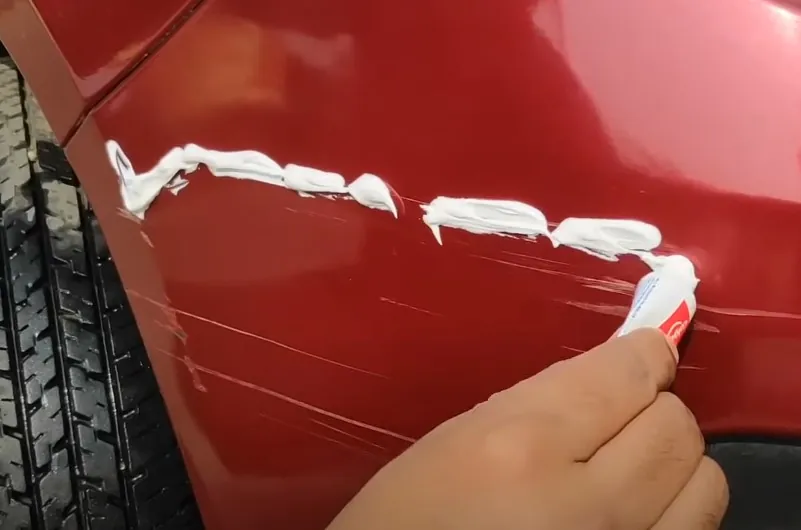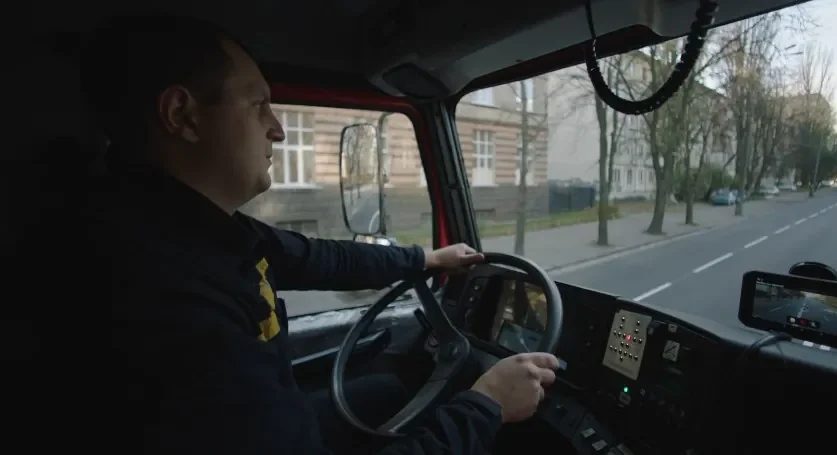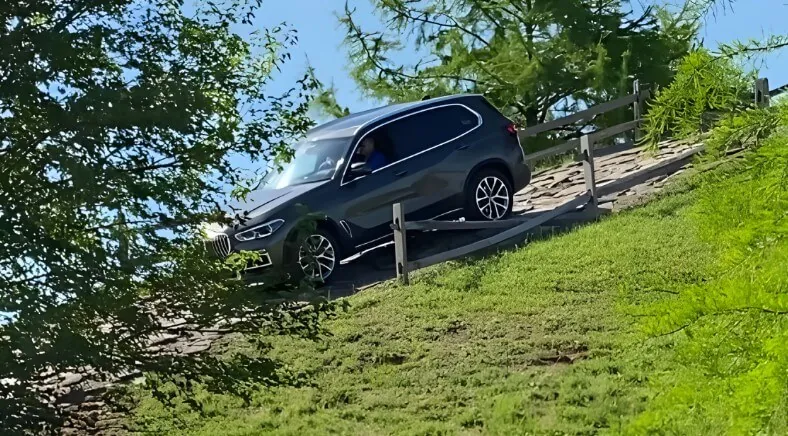
Share Post:
Driving downhill might seem simple — until traction disappears. According to the National Highway Traffic Safety Administration (NHTSA), over 38% of vehicle rollover crashes happen during slope descents or abrupt speed loss on inclines, especially on wet, gravel, or icy roads. Drivers often make the mistake of overusing brakes or steering aggressively to regain control, which only increases the risk.
That’s why many modern BMWs include Hill Descent Control (HDC), a feature specifically designed to prevent those types of accidents by managing speed and braking automatically when going downhill.
But what does HDC do, and when should you activate it? And — if you live in places with sudden elevation shifts like Virginia, understanding this could mean the difference between a smooth descent and a dangerous incident.
Table of Contents
ToggleOverview
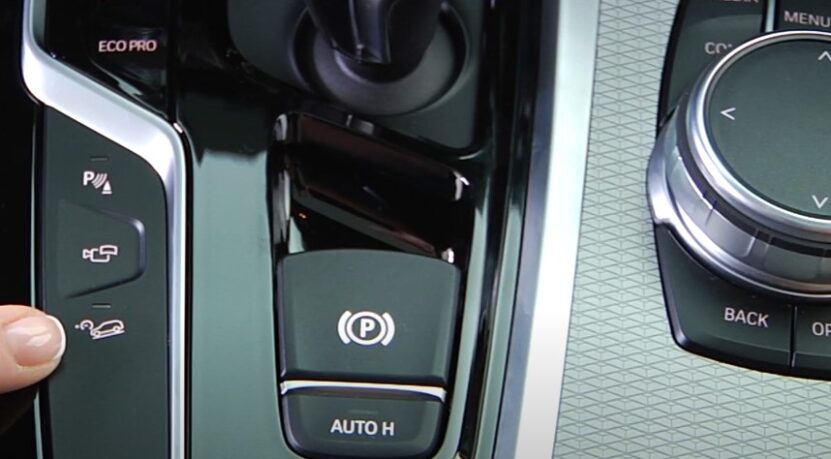
Hill Descent Control is an electronic system that automatically applies the brakes to help your vehicle maintain a slow, steady speed while going downhill. Think of it as cruise control — but for declines.
When you’re going down a steep slope, gravity wants to pull your vehicle faster than you might feel comfortable with. Instead of riding the brake pedal and potentially overheating your brakes, HDC takes over and manages braking pressure for each wheel individually. The system works by using ABS (Anti-lock Braking System) sensors to monitor wheel speed and apply small, rapid brake pulses to keep things under control.
Most BMW models that come with xDrive (all-wheel drive) or off-road packages will include Hill Descent Control. It’s usually activated by pressing a button on the center console marked with a car descending a hill.
When Should You Use It?
Hill Descent Control is not for everyday use on city hills or paved ramps. It’s specifically designed for steep, uneven, or slippery descents — situations where using the brake pedal manually might cause the wheels to lock up or slide. It’s particularly useful when:
- Driving down steep gravel or dirt roads
- Navigating icy or snowy slopes
- Off-roading or trail driving in mountainous terrain
- Descending wet grass or mud-covered areas
For example, if you’re exploring scenic drives in Virginia’s more mountainous regions and encounter steep unpaved trails, this is where Hill Descent Control becomes a valuable asset.
How Fast Will It Let You Go?
HDC doesn’t let you fly downhill. The system is designed to keep the speed low, usually around 6 to 9 km/h (4–6 mph) by default. However, depending on the BMW model, you can adjust the descent speed using the cruise control toggle, without touching the accelerator or brake.
This low-speed control is what makes the system so effective. It doesn’t just slow you down — it helps you maintain grip and directional stability, especially when you’re dealing with reduced traction.
How to Activate and Use Hill Descent Control
Using BMW’s Hill Descent Control (HDC) is straightforward, but understanding the sequence helps ensure it performs correctly and safely, especially on unpredictable terrain.
- Come to a full stop at the top of the hill.
Before you start descending, bring the vehicle to a complete stop. This allows the system to initialize properly and gives you time to assess the slope ahead. Make sure you’re in Drive mode (not Neutral), and keep your foot on the brake as you prepare. - Press the Hill Descent Control (HDC) button.
The button is usually located on the center console and marked with a car on a slope. Once you press it, a green icon should light up on the dashboard to confirm that the system is ready. At this point, HDC is armed but won’t engage until you start descending. - Release the brake and begin your descent.
As soon as you ease off the brake, the system takes over. You’ll notice the car moves slowly and steadily without the need to touch the pedals. HDC automatically applies braking to each wheel as needed to maintain control. - Use the cruise control buttons to adjust the speed.
While descending, you can fine-tune the speed using your steering wheel’s cruise control toggle — up to increase, down to decrease. Depending on your BMW model, the adjustable speed range typically goes from 4 to 15 mph (6 to 24 km/h). This allows you to stay in control based on road surface, incline, and comfort. - To exit the system, press the brake or accelerator.
Once the hill levels out or you’re ready to resume manual control, lightly press the accelerator or brake pedal. The system will smoothly disengage and return full control to you. The green dashboard icon will disappear, indicating that HDC is no longer active.
A Safety Net — Not a Replacement for Judgment

It’s important to remember that Hill Descent Control is a support system, not a substitute for smart driving. It won’t help you if you’re speeding down paved roads or trying to stop abruptly. The system is best used in conjunction with good judgment, and only in terrain where controlling downhill speed is genuinely a challenge.
In a city like Richmond, where some streets combine elevation changes with heavy urban traffic — particularly roads like Hermitage Road or East Main Street — even slight downhill misjudgments can lead to fender-benders or worse.
In situations where a downhill driving feature like HDC wasn’t engaged, or vehicle performance is questioned after a crash, injured parties may need to explore their legal options. This is where Richmond car crash legal assistance becomes valuable — not just to claim damages, but to show whether equipment failure or driver error contributed to the incident.
Virginia’s strict contributory negligence law means that if you’re found even 1% at fault, you could be barred from recovering compensation. An experienced attorney can help show that you did everything reasonably expected, including using built-in safety systems when available.
Comparison: Do You Need It?
| Driving Condition | Use Hill Descent Control? | Why |
| Wet or icy hill | Yes | Maintains traction safely |
| Gravel or off-road slope | Yes | Prevents wheel lock and skidding |
| City descent (mild grade) | No | Traditional braking is sufficient |
| Steep driveway with snow/ice | Yes | Adds braking stability on slick slope |
| Long downhill in dry highway traffic | No | Use manual control |
Common Mistakes to Avoid
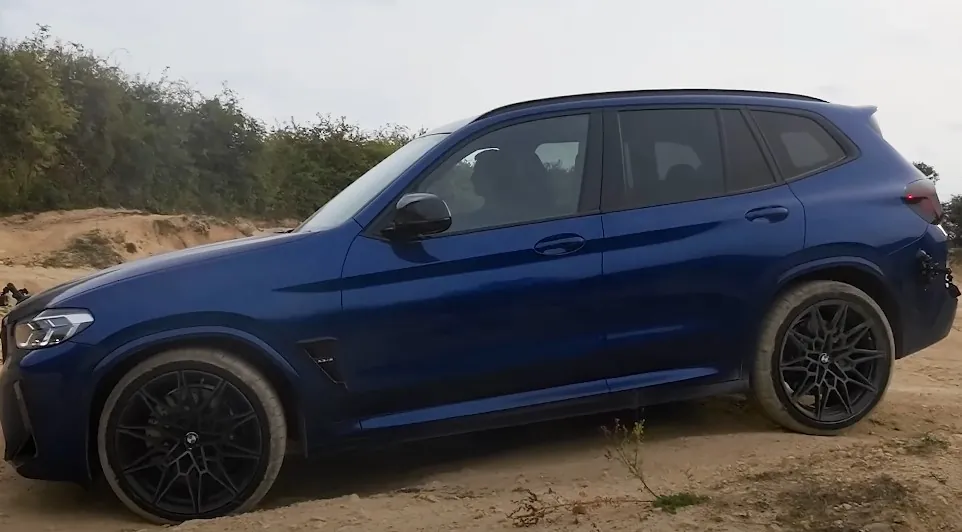
- Using HDC on dry, paved slopes — unnecessary and can confuse new drivers
- Accelerating while active disables the system unless you’re adjusting descent speed
- Forgetting to turn it off after the descent — some systems deactivate automatically, but not all
- Relying on it instead of tires — HDC can’t fix bald or poorly inflated tires
Final Thoughts
BMW’s Hill Descent Control isn’t something you’ll use every day, but in the right moment, it can make all the difference. Whether you’re descending a snowy driveway or coming off a backroad trail, it allows you to stay in control without overthinking every movement.
Like many safety features, it’s only as effective as the driver’s knowledge. Understanding when to activate HDC, how it works, and what its limits are could not only protect your brakes — it could prevent an accident altogether.
And if you ever do end up in a downhill-related crash in places like Richmond, know that professional legal support exists.
Related Posts:





